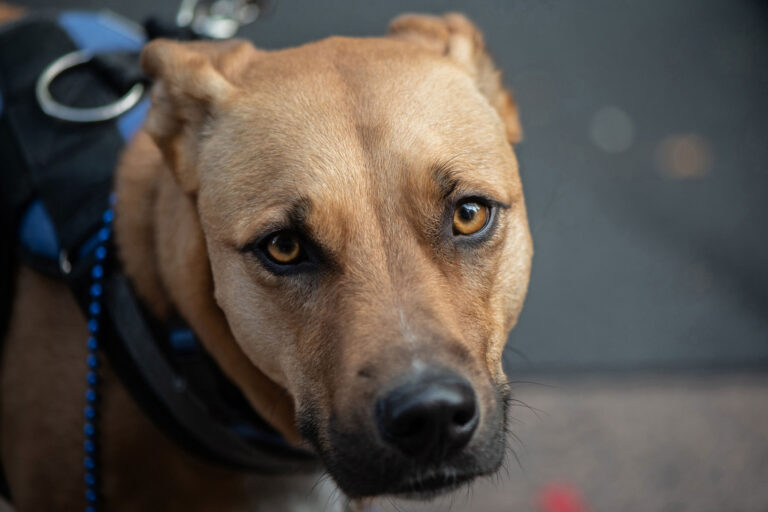A change in owners can be a significant event in a dog’s life, potentially causing stress and anxiety. Understanding how to manage this transition can help mitigate any negative effects. This article explores the impact of a change in owners and provides practical advice to ensure a smooth and stress-free adjustment for your dog.
The Emotional Impact of Changing Owners
Dogs and Their Bonds
Dogs are known for forming strong emotional bonds with their human companions. These bonds provide a sense of security and stability. When these relationships are disrupted, it can cause confusion and stress for the dog. Dogs rely heavily on their routines and familiar faces to feel safe. A sudden change in their living situation can be akin to a significant upheaval in their world.
Signs Your Dog Is Experiencing Stress
Recognizing signs of stress in your dog is crucial during the transition period. Here are some indicators to watch for:
- Loss of Appetite: A stressed dog might refuse to eat or show less interest in food, which can lead to weight loss and health issues.
- Behavior Changes: Look for increased whining, barking, or signs of aggression. These behaviors indicate discomfort and insecurity.
- Withdrawal: A dog may become less active and more withdrawn, showing less interest in play and interaction.
- Physical Symptoms: Stress can manifest as digestive issues, excessive shedding, or other health concerns. Your dog might also develop a nervous tic or start licking or chewing its paws excessively.
Steps to Ease the Transition
Preparing for the Change
- Introduce Gradually: If possible, arrange several meetings between the dog and the new owner before the final transition. This helps the dog become familiar with the new person. Gradual introductions can include short visits that progressively get longer. Each positive interaction can help build a foundation of trust.
- Consistency is Key: Maintain the dog’s regular schedule for feeding, walking, and playtime to provide a sense of normalcy. Consistency in routines can help the dog feel secure and reduce anxiety.
- Comfort Items: Provide the new owner with the dog’s favorite toys, bed, and a piece of clothing with your scent to offer comfort in the new environment. These familiar items can help bridge the gap between the old and new environments, offering reassurance.
The New Owner’s Role
- Building Trust: The new owner should focus on building trust through positive reinforcement, gentle interactions, and patience. Using treats, praise, and playtime can help create positive associations with the new owner.
- Understanding Behavior: The new owner should be prepared to handle potential behavioral issues calmly and seek to understand the dog’s needs. Observing the dog’s body language and respecting their space are crucial during this period.
- Patience: Adjustment takes time. The new owner should be patient and allow the dog to adapt at its own pace. Rushing the process can lead to increased stress and behavioral problems.
Creating a Safe Environment
A safe and comfortable environment is essential for helping your dog adjust to a new owner. Here are some tips to create such an environment:
- Quiet Space: Provide a quiet and comfortable space for your dog to retreat to when they feel overwhelmed. This could be a specific room or a cozy corner with their bed and favorite toys.
- Routine Maintenance: Keep daily routines consistent, including feeding times, walks, and bedtime. Predictability helps reduce anxiety.
- Interactive Play: Engage your dog in interactive play to help them bond with the new owner and distract from the stress of the transition.
- Clear Boundaries: Establish separate spaces for each dog, including feeding areas and sleeping spots, to prevent resource guarding.
- Regular Exercise: Provide ample physical and mental stimulation to reduce stress and prevent boredom-related behavior problems.
- Consistent Training: Reinforce commands and ensure all dogs follow the same rules to maintain order and respect within the pack.
When to Seek Professional Help
In cases of severe stress or anxiety, it may be beneficial to seek help from a professional dog trainer or behaviorist. These experts can provide personalized strategies to help the dog adjust more smoothly to their new environment. They can also help address specific behavioral issues that may arise during the transition.
A change in owners can be a challenging experience for a dog, but with careful planning and understanding, it doesn’t have to be traumatic. Recognizing signs of stress, maintaining routines, and fostering trust are key to helping your dog adjust. Each dog’s adjustment period will vary, but with the right approach, they can adapt and thrive in their new home.
By preparing adequately and ensuring that the new owner is equipped with the necessary tools and knowledge, you can help your dog navigate this significant change with minimal distress. Remember, the goal is to provide stability and comfort during the transition, paving the way for your dog to form a new, loving bond with their new owner.

Dr. Carolyn Stafford’s route to veterinary medicine demonstrates her steadfast commitment and enthusiasm for furthering the science of anatomic pathology.
Subscribe my Newsletter for new blog posts. Stay updated from your inbox!










